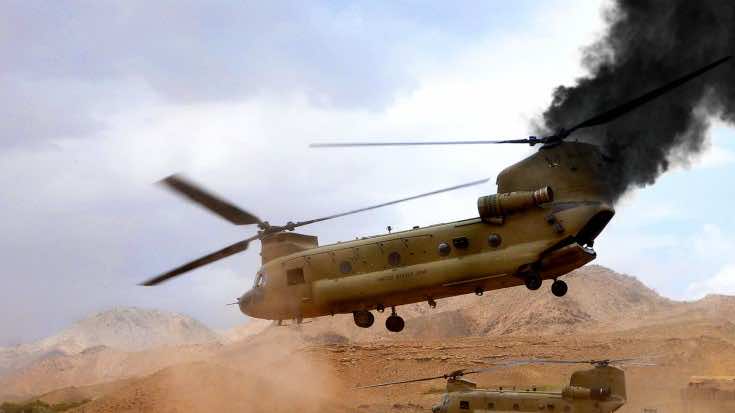The Boeing Chinook is simply the most successful military helicopter ever designed. It was first deployed in 1962 during early days of Vietnam War, and it is still going strong in the Air Force, Army and the Marines alike with no immediate plans for retirement. The reason behind their extraordinarily long service is due to their excellent flight safety record and ability to transport large numbers of personnel and tonnes of equipment across the battlefield. The sturdy structural design is still taught as an example of reliable aeronautical engineering, but it isn’t just the design that makes a Chinook fly those long hours without many mishaps. It is the rigorous set of tests that determine whether it is airworthy or not.
One of these crucial tests is that when they check both the rotors of the Chinook and see if that their 25,0000 lbs of thrust can fail the fuselage if unbalanced. If the fuselage cannot control the strong harmonious stresses, something like this can possibly happen during the tests and make the chopper ineffective for any further operations:
That’s some sick stress analysis don’t you think?

